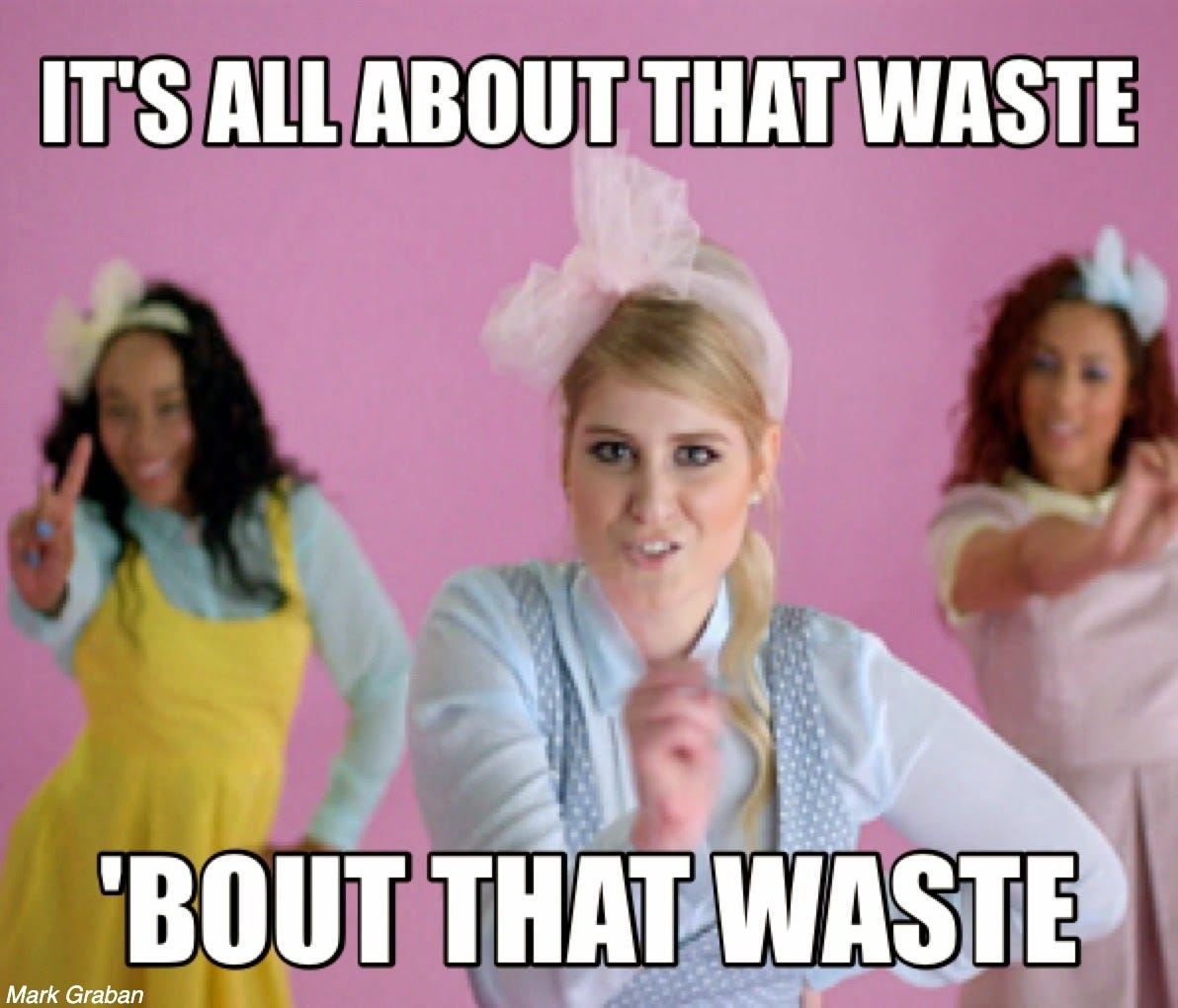Hey Friend,
Remember that post we did a while back? Yeah, the one where we talked about value. The kind that has your customer ready to throw cash your way. Value isn’t just about what you or I think is useful; it’s what the customer actually needs and, frankly, what they’re willing to pay for. And let me tell you, that definition has not changed one bit. Value still boils down to what makes your customer say, "Take my money!”
Now, let’s dig deeper. Lean methodology is all about getting that value across efficiently, using only the resources you have on hand—be it money, time, manpower, or whatever you’ve got. But how on earth do we maximize value if we don’t even know how it’s classified?
The 3 Value Classifications:
This is the framework that Lean methodology gives us to see where our time, energy, and cash are actually going. To make it real, let’s think about a food business, say a jollof rice spot (after all, food is life).
1. Value-Add (Customer Value-Add)
Value-Add is what your customer would willingly reach into their wallet for—plain and simple. In our jollof rice spot, it’s the actual food: that smoky, flavorful jollof rice, tender chicken, and maybe a refreshing cold zobo on the side. Without these, no one’s buying, no matter how lovely your posters are or how friendly the staff. It’s what they came for, and it’s what they’re ready to pay for.
Pro-Tip: To identify Value-Add, ask yourself:
If we stopped doing this task, would customers notice or complain?
Would the customer pay extra for this?
If your answer is YES, then, it is likely a value-add.
2. Business Value-Add
Now, this is the stuff you do because it supports the business or keeps it compliant, but it’s not something the customer would necessarily pay extra for. At our jollof spot, this might be doing daily inventory checks or filing tax paperwork. Necessary? Absolutely. But, it’s not why people come back for another plate.
Pro-Tip: To spot Business Value-Add, ask:
Would the business suffer if this task wasn’t done?
Does it keep the business running smoothly?
If your answer is YES, then, it is likely a business value-add.
3. Non-Value Add (Waste)
This one’s the biggest offender. Waste is anything that eats up resources without creating any value for the customer or the business. Think about a bunch of food prep being done in a corner where no one has a clue what’s going on. If orders are getting delayed or food is being tossed, that’s pure waste.
Pro-Tip: To sniff out Waste, ask:
Does this add any value or make our operation more efficient?
If we removed this, would anything change or be different?
If your answer is NO, then the task is likely a waste.
Conclusion
Waste is the silent villain of any process, sipping resources quietly and offering nothing in return. Lean is all about maximizing Value-Add, keeping Business Value-Add in check, and eliminating Waste altogether. And trust me, in the future, we’re diving deeper into Waste. This is where the magic of Lean really comes to life, as we uncover the inefficiencies that you didn’t even realize were there.
So, there it is. The goal is simple: Maximize Customer Value-Add, Minimize Business Value-Add, and Eliminate Waste.
And as always, let’s keep it Lean and keep it simple.
Tomiwa
Lean Process Improvement Enthusiast.




